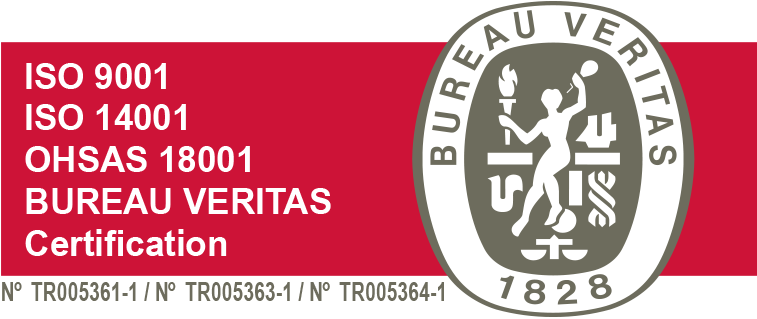Product Certificate and Label
| Name of Product | : | CALLAS | ||||||||||||
| Active Substance | : | 100 g/L Clopyralid | ||||||||||||
| Formulation Type | : | Water - Soluble Concentrate (SL) | ||||||||||||
| Group | : | 0,4 HERBICIDE | ||||||||||||
| Environmental Effect | : | Toxic to bees, birds and fishes. | ||||||||||||
| Antidote | : |
There is no specific antidote. According to the symptoms, treatment is applied. Type of Market Release: 0,1 L - 0,25 L - 0,50 L - 1 L - 5 L - 20 L
PREPARATION OF THE PLANT PROTECTION PRODUCT TO BE APPLIED: First, the Plant Protection Product scaled on recommendation dose is mixed with a small amount of clean water in a separate container. The application machine tank is filled halfway with water. The mix is added to the tank while the mixer is running. Mixing is continued while the tank is completed with water. Mixing is continued until the application is completed. The amount of water to be used per decare should be 20-40 liters and fan jet nozzle should be used in applications. The pesticide should be used on the same day. Applications should be carried out during cool hours of the day, in windless or less windy weather conditions.
Calibration: Calibration of the machine should be done before application. In order to determine the amount of water to be used per decare, the tank of the machine is filled with water. It is determined how much area is wetted with this water and the amount of water to be used in the application is calculated.
CLEANING OF APPLICATION MACHINE: Safely empty the storage of the application machine immediately after the application is completed. After filling the tank with clean water, start the mixer and spray system to ensure that all parts are washed. Do not wash near water sources. Do not drain washing water and waste into water sources. MISCIBILITY: It is not recommended to be mixed with other plant protection products. If a mixture is needed, a pre-mixture test should be performed. USAGE OF PLANT PROTECTION PRODUCT: Wheat: During the tillering period of wheat, smelly grass is used in the circuit of the 2-4-leaf period. Sugar Beet: It is used after sugar beet and creeping thistle come out. The most effective result is taken from the 2-4 leaf period of the creeping thistle, the length of which is 15-20 cm. Canola: After exiting the canal and weeds, it is recommended to use weeds in the early development period (2-6 leaves). PLANTS AND WEEDS WHICH IT IS USED
|




